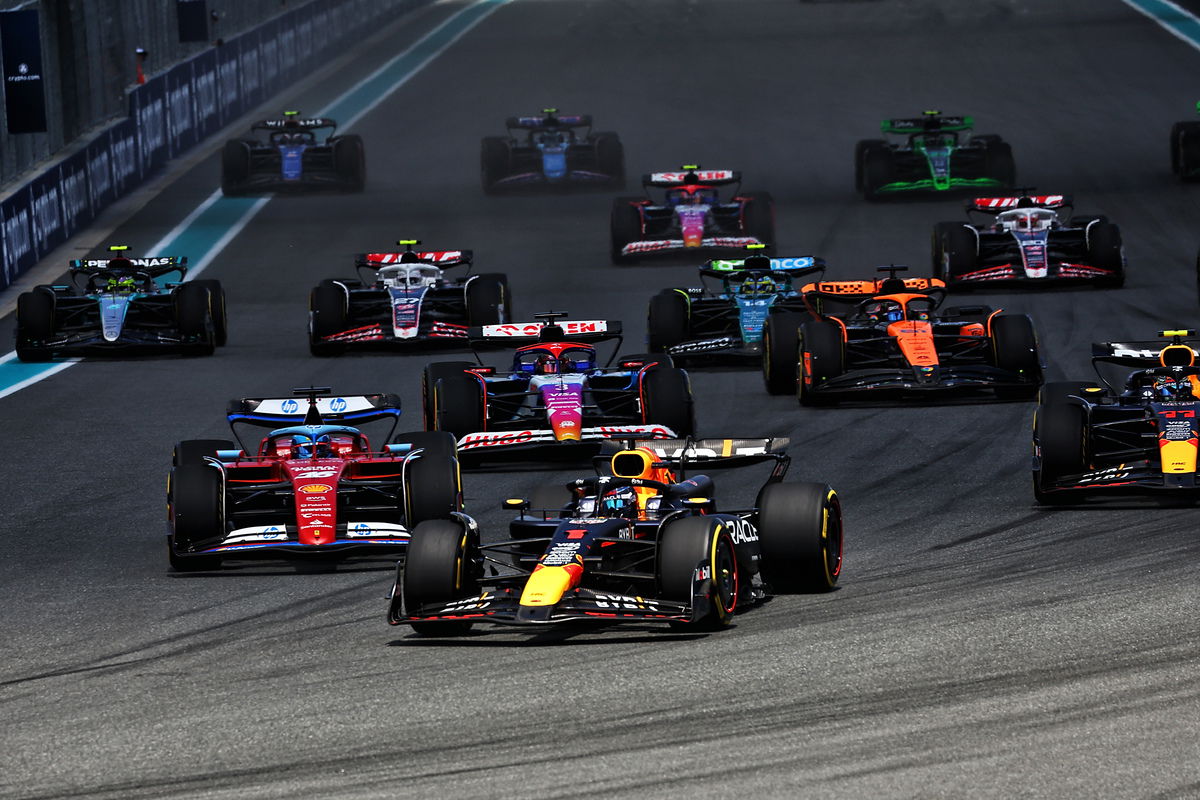

ESPN currently broadcasts F1 in the US, a deal that expires at the end of 2025.
Under that contract, it held a period of exclusivity over negotiations for a renewal, a period which is thought to have now elapsed, opening the door for new players.
The US has been one of the fastest-growing markets for F1 in recent years with a surge of interest through the sport’s social media channels in particular.
Netflix has played a key role in that with Drive to Survive an instrumental part in opening the sport up to new audiences.
The next series of Drive to Survive is set to debut on the streaming platform globally on March 7.
It also has other F1 content, including the recent Senna series.
Netflix is understood to be interested in deepening its relationship with F1 and broadcasting live events.
It recently hired Kate Jackson, formerly ESPN’s vice-president of production and the person who oversaw the network’s F1 coverage.
ESPN, which is owned by Disney, boasts a subscriber base of around 68 million households, having dropped from over 100 million in 2013.
There are around 67 million Netflix accounts in the United States (and growing), the platform’s largest global market.
ESPN’s existing deal is believed to be worth around USD $90 million. In 2024, the deal drew an average viewership of 1.11 million per race, with the Miami GP drawing a record 3.1 million viewers.
By comparison, Sky F1 boasted 3.4 million viewers per month in 2023 in the United Kingdom, numbers that were down on the previous year, while in Germany figures dropped from 740,000 to 593,000 viewers.
Sky agreed a new deal for 2025 (that runs through to 2029) with an estimated rights fee of £200 million (USD $248 million) per year for the rights in the UK and Ireland.
Meanwhile, Netflix has been increasing its interest in live broadcasting and already carries wrestling and American football, the latter with a three-year deal to broadcast games on Christmas.
Netflix has long been thought a potential candidate for F1’s broadcasting rights in the United States, as have Apple (which has global rights to MLS football) and Disney.
Even should the cost for F1’s broadcast right in the United States increase sharply, they’re expected to fall well short of other deals, such as Amazon’s USD $1 billion deal for Thursday night NFL matches, or Netflix’s decade-long rights to WWE Raw that cost USD $5 billion.




















Discussion about this post